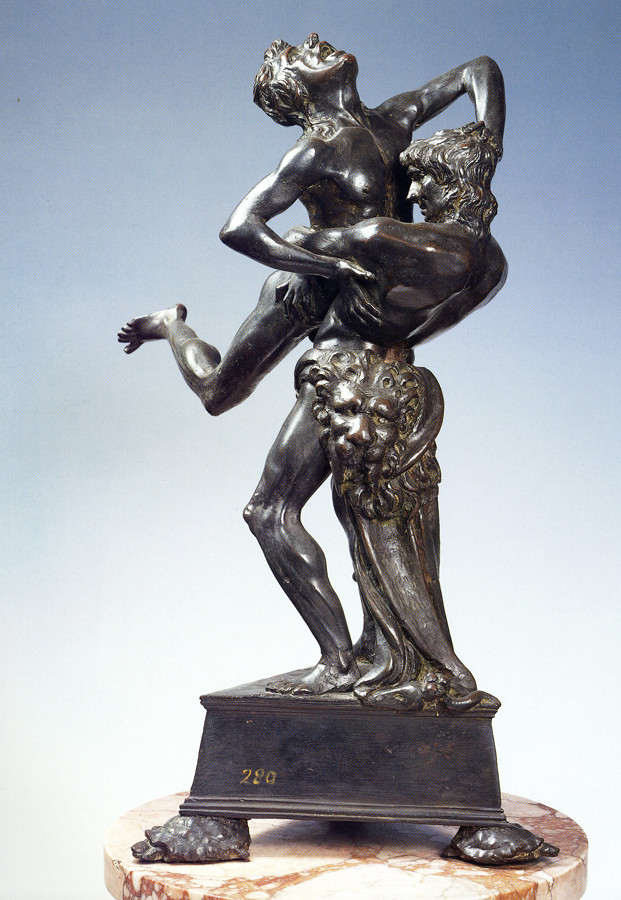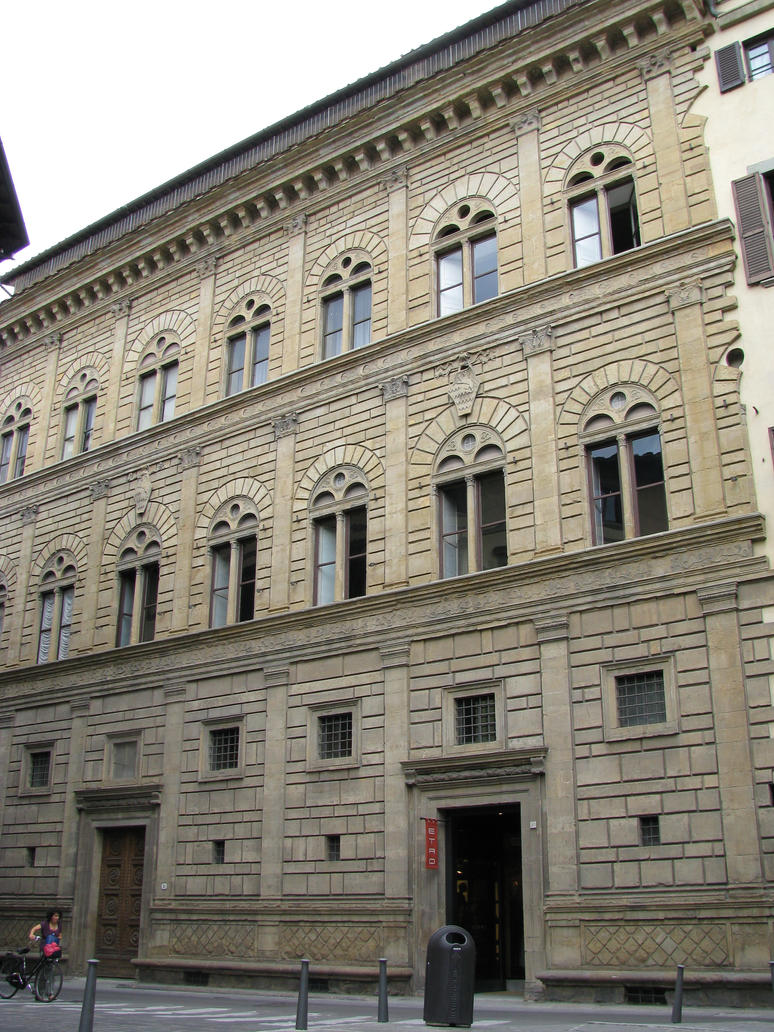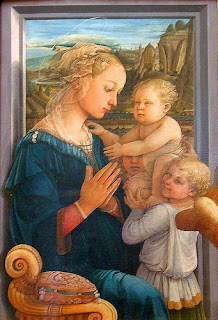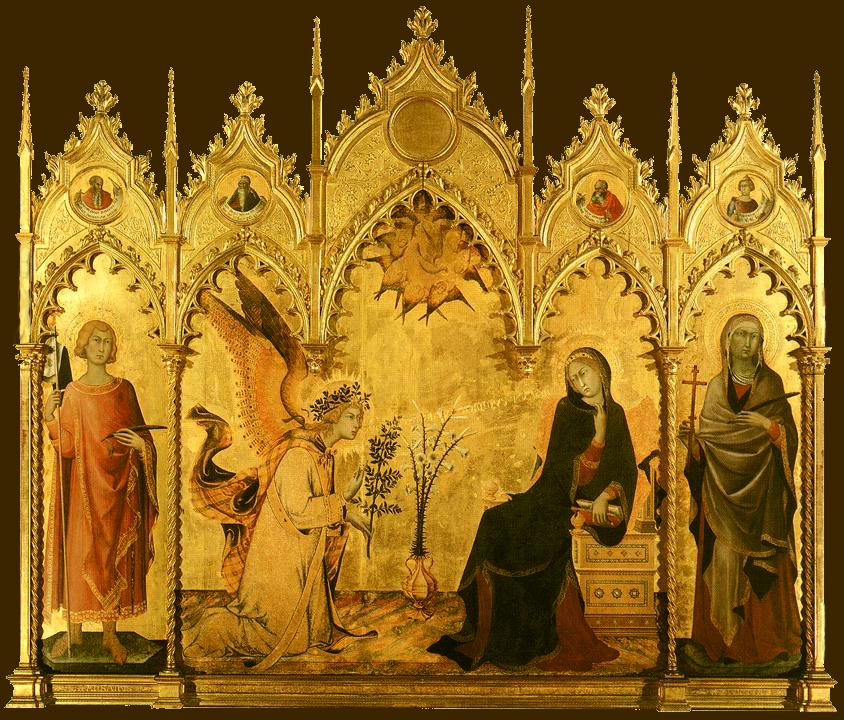Salon
de la Princess, decorated by Germain Boffrand from
1737 to 1740, is a Rocco room at Hôtel de Soubise in France. The room is
uniquely featured with sinuous curved, gilded moldings and mirrors, small sculptures
and paintings, and floral ornamentation. The artist intentionally represents
the room as the center of Parisian and intellectual life.
Sunday, November 11, 2012
A Philosopher Lecturing on the Orrery - Joseph Wright of Derby
A
Philosopher Lecturing on the Orrery is an interesting oil painting drawn by Joseph Wright of Derby in ca. 1763-1765. With energetic color and composition,
this picture vividly depicts a lecturer giving a demonstration of an orrery to
a small audience. The artwork also attempts to celebrate the scientific
advances of the Enlightenment era.
La Pendaison (The Hanging) - Jacques Callot
La
Pendaison (The Hanging) is 11th etching of
Jacques Callot from The Great Miseries of
War series in 1633 . This artwork is unique because it lively depicts ruthless
consequences of war. Using vivid details with baroque technique, the artist also
increases the tension of death and sadness in the picture.
Friday, November 9, 2012
Johannes Vermeer - Woman Holding a Balance
Woman Holding a
Balance, completed 1662-1663, is an oil painting by Dutch baroque artist Johannes
Vermeer. I like this picture because several interpretations could be made from
the picture. However, the theme of the
picture is directly toward symbol of holiness and earthiness. I also like the
vivid colors as well as the baroque composition of the picture.
Sunday, October 28, 2012
Gianlorenzo Bernini-Fontana dei Quattro Fiumi
Located
in Rome, Italy, Fontana dei Quattro Fiumi or "Fountain of the Four
Rivers" is a fountain designed by Gianlorenzo Bernini for Pope Innocent X
in 1651.
The fountain is a composite of four major rivers of the four continents through
which papal authority had spread: the Nile River in Africa, the Danube in
Europe, the Ganges in Asia, and the Platte in the Americas. Above them, an
ancient Egyptian obelisk is surmounted with the Pamphili family symbol of a
dove with an olive twig. I like this fountain because of its complex structures
and statues which ultimately express the excellent skills of Renaissance master
Gianlorenzo Bernini.
Gian Lorenzo Bernini - David
David is a marble
sculpture created by Italian artist Gianlorenzo Bernini in seven months from 1623-1624. The
statue depicts the biblical David who was about to throw the stone that would
bring down Goliath. The statue has several interesting features which show the prosperity
of the Renaissance period. Aside from that, with this statue, Bernini also emphasized
the rise of Baroque in sculpture where artist used exaggerated motion and
clear, easily interpreted detail to produce drama and tension.
Saturday, October 20, 2012
Albrecht Altdorfer- The Battle of Alexander at Issus
The Battle of Alexander
at Issus is a 1529 oil painting by German artist Albrecht Altdorfer ca.
1480–1538. This artwork depicts the battle between Alexander the Great and the
Persian Empire where the victory was on Alexander the Great’s side. I like this
painting because it illustrates enormous landscape with vivid colors and
distinctive details such as the present of the moon and the sun on the sky at
the same time.
Melencolia I - Albrecht Dürer
Melencolia I is an engraving
by the German Renaissance master, Albrecht Dürer, in 1514. This artwork was a “self-portrait”
of Durer’s personality. I like this engraving because of its concept emphasizes the fact that an
artist sometimes cannot produce any work even though he is surrounded by all the
tools he needs.
Michelangelo- Sistine Chapel ceiling
This enormous fresco painting
on the ceiling of the Sistine Chapel was created by Michelangelo between 1508
and 1512. This incredible artwork depicted the doctrine of humanity's need for
Salvation as offered by God through Jesus. The complex design of images in the
painting as well as the vibrant color of all the details has shown many features
of High Renaissance art including humanism and the devotion in divine art of
the Catholic Churches.
Leonardo da Vinci – Embryo in the Womb
This sketch of an
embryo in the womb was drawn by Leonardo da Vinci using black and red chalk
with some pen and ink wash on paper ca. 1510. It was an interesting sketch since
it clearly showed that Leonardo da Vinci was indeed a renaissance man, an
individual who has well knowledge in various field. In fact, along with being a
brilliant artist, Leonardo da Vinci also had his interests in scientific
illustration as well as in discovery of new ideas. With this vivid sketch of an
embryo, Leonardo da Vinci opened up a novel way for the field of medical
illustration.
Pollaiuolo – Hercules and Antaeus
This bronze sculpture, named Hercules and
Antaeus, was made by Antonio Del Pollaiuolo ca. 1475. I like this artwork because
it well illustrated the pain and the struggle of an individual in combat. This
feature ultimately reveals that the artist did comprise humanism, an important
concept of Renaissance era, into his sculpture.
Botticelli - Birth of Venus
This artwork, named the Birth of Venus, was painted by Botticelli ca. 1486. Its medium is
tempera on canvas. I like this picture because it depicted the revolution of art
during Renaissance period in which the artist brought much humanism into the
picture. The nudity of Venus is, a controversial elements during the artist's era, also a distinctive part of the drawing. In addition to that, the unique color and impeccable depth contributed to the beauty of the drawing.
Sunday, September 30, 2012
Leon Battista Alberti and Bernardo Rossellino - Palazzo Rucellai
This architecture named
Palazzo Rucellai was designed by Leon Battista Alberti and executed by Bernardo
Rossellino from 1452-1470. Alberti adapted superimposed orders or the Roman use
of different orders for each story to the edifice. As a result, he created an
illusion that Palazzo Rucellai becomes lighter toward its top which is also my
interest of the structure.
Fra Filippo Lippi- Madonna With Child and Angle
This painting, Madonna With Child and Angles, is an
artwork of Fra Filippo Lippi. He painted the picture from 1460-1465 using tempera
on wood technique. I like this artwork, because it creates a more realistic
picture of the holy family than any other artworks before. The color is vivid
which also carries the feeling of humanization into the scene.
Sunday, September 23, 2012
Claus Sluter- The Well of Moes
This fountain named The Well of Moes was designed by Claus Sluter in Chartreuse de
Champmol, Dijon, France in 1395-1406. It was a lime stone sculpture and painted
and gilded by Jean Malouel. I found this
artwork interesting for which it supposed to be a water source for the monastery,
but water never spout from the fountain since the monastery committed to silence.
Also even though the figures on the fountain recall French Gothic, the sculptures
are far more realistic.
Jan van Eyck - Giovanni Arnolfini and his Wife
This artwork named Giovanni Arnolfini and his Wife was painted by Jan van Eyck using oil
on wood in 1434. The picture has two versions of interpretations. The first one
is said that Jan van Eyck depicted the wedding of Giovanni, an Italian
Financier, and his bride at Giovanni’s home. The second version states that the
scene in the painting is a legal scene which depicts Giovanni gave his wife a
special permission. Despite of the different interpretations, the picture
mainly depicts a vow that was made between Giovanni and his wife and Jan van
Eyck was the witness. This picture is interesting to me because several symbolic
objects appear in the scene. For example, Giovanni’s shoes are near the window
which represents the symbolic of a man who is always the one working outside,
and the wife is next to the bed which characterizes the symbolic of a
woman who should always takes care housing works. The colors of the picture are
also vivid which help create three dimensional illusions as well as the depth
of the painting.
Sunday, September 16, 2012
Giotto di Bondone - Lamentation 1305
This artwork titled Lamentation was painted by Giotto di
Bondone in 1305 at the Arena Chapel which locates in Padua, Italy. This
painting depicts the moment when Christ had been removed from the cross and his
follower gathered around him. I like this picture because all of the elements
were illustrated vividly and colourfully. I can feel the movement in the picture
in which the people are mourning for the death of Jesus and the angles fly down
from the sky to join the lamentation. The orientation of the picture makes viewers to focus on the main image which is Christ laying around his follower.The artist also used fresco painting style
which create depth, mass and volume. This method also indicates a transition from
medieval art to renaissance art.
Sunday, September 9, 2012
Annunciation with St. Margaret and St. Ansanus
This art work titled
Annunciation with St. Margaret and St. Ansanus was painted by the Italian
Gothic artists, Simone Martini and Lippo Memmi, in 1333 for the Chapel of Sant’
Ansano in Siena Cathedral. I like this picture because it depicts vividly the Annunciation
in which angel Gabriel announced to Virgin Maria that she would become the mother
of Jesus. With the bright gold background and affluent polish of all characters
in the painting, the picture shows the prestige of the commission in Annunciation
day.
Subscribe to:
Posts (Atom)



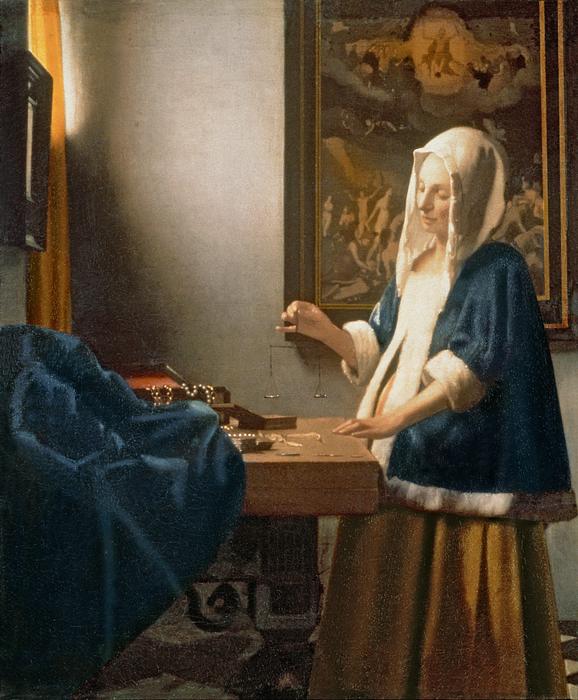



.jpg/300px-Melencolia_I_(Durero).jpg)


